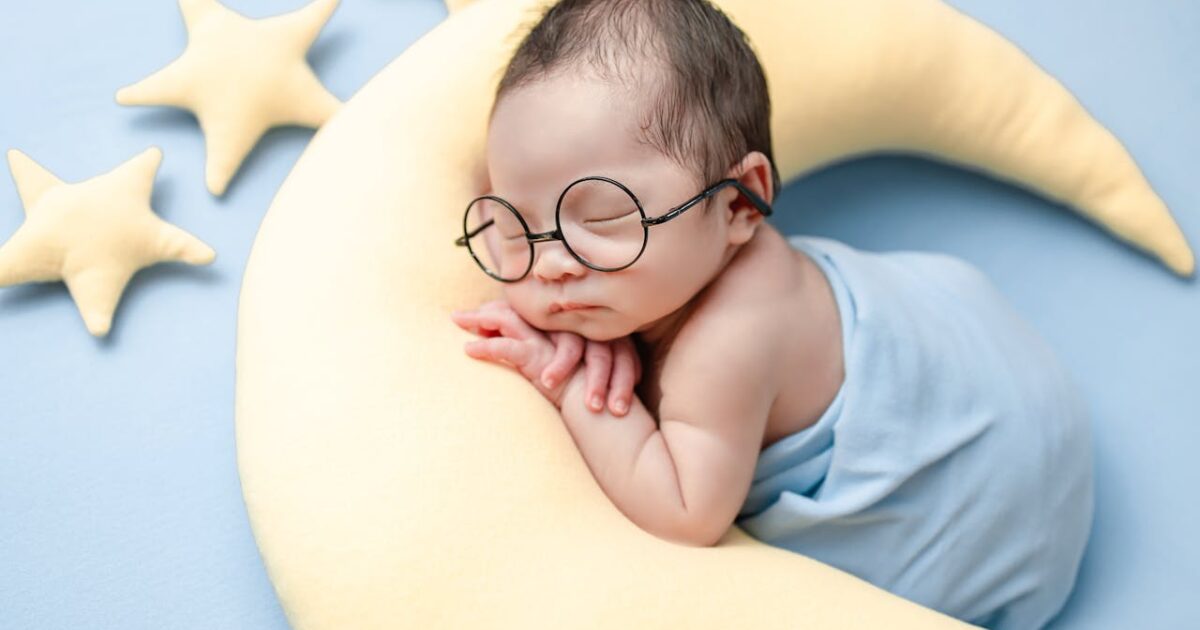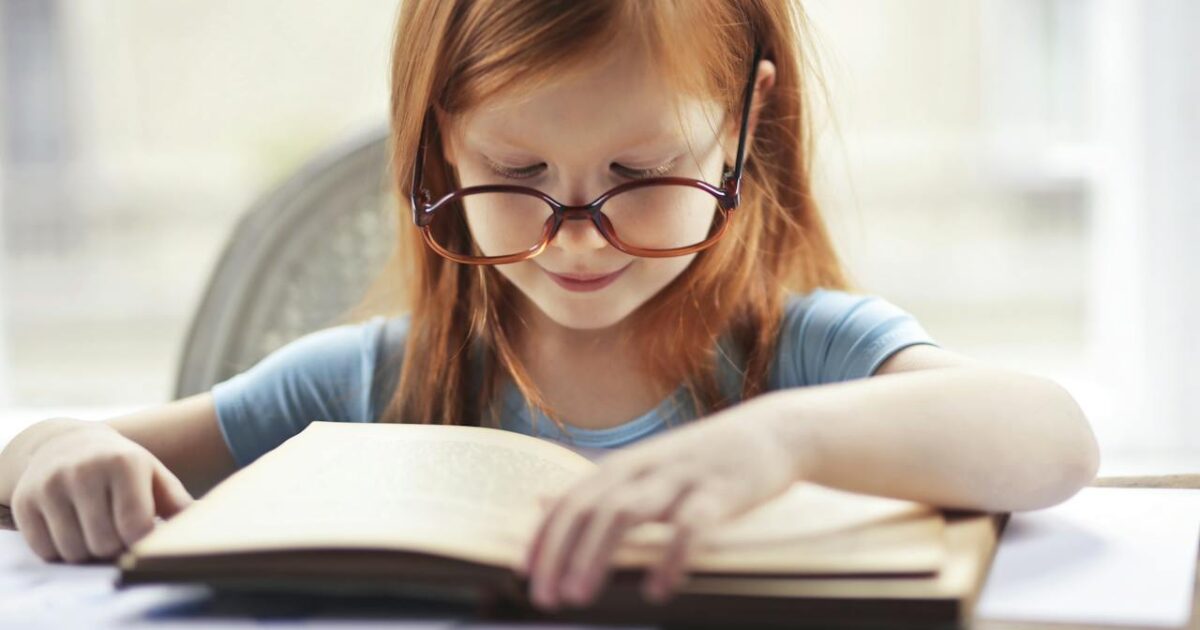Childhood myopia: How to identify, prevent and treat it
Article by Chew’s Optics Specialist. 28 March 2024

Ever notice your child squinting? Don’t ignore it. They may be myopic.
In Singapore and across the world, the prevalence of myopia in children has been skyrocketing. Left unaddressed, it can snowball into a condition called high myopia – a severe version of shortsightedness that may increase the risk of developing glaucoma, cataracts and retinal degeneration and detachment.
It’s a scary thought, but we’re here to equip you with the knowledge to prevent that from happening. Here is a guide on how to spot the signs of myopia early, how to prevent or slow its progression naturally, and how your optometrist can help.
Identifying the signs of childhood myopia
Whether it’s caused by genetic or environmental factors, spotting myopia in your child can feel like detective work. But it’s important work since early detection can help reduce the risk of the condition worsening. Here are some clues to watch for.
- Squinting: A classic sign of shortsightedness, kids with myopia might squint to get a clearer view of distant objects such as signboards. You can test this by instructing them to read from a reasonably distanced whiteboard and seeing if they miss any details or struggle to recognise familiar objects or faces.
- Eye rubbing: If your child rubs their eyes excessively, it could be due to discomfort caused by myopia.
- Headaches: Do your children often complain of having headaches? This could be a sign of severe eye strain resulting from uncorrected myopia.
- Sitting close: If you notice your child holding books extremely closely to their face, or always choosing the front row in class, it might be because they’re struggling to see things far away.

Is it possible to stop myopia progression naturally?
Although we can’t guarantee a foolproof cure to myopia, adopting certain lifestyle changes can be helpful for stopping its progression, especially for children. Here are some natural remedies (great for not just treatment, but also prevention) that can make a big difference.
- Sunlight: Research suggests that spending more time outdoors with a healthy amount of sun exposure may help reduce myopia in children. There could be a myriad of reasons for this: Sunlight helps us to produce vitamin D, which has been associated with preventing the abnormal elongation of the retina; and being outdoors may mean children are looking at more distant objects, which helps to relax their eyes.
- Reduced near work: Eye strain can also worsen myopia, so taking regular breaks from digital screens and doing less near work is key for reducing the progression of myopia. If your kids have to continue with near work, make sure that they are maintaining good posture and avoiding close viewing distances of less than 20cm from their screen or book.
- Improved diet: Your child’s diet may play a role in slowing myopia progression. It’s possible that eating foods high in refined sugar and starch increases the risk of myopia. To maximise the chance of improving your child’s vision, you can try reducing or eliminating processed foods, fizzy drinks and sugary snacks from their diet.

How to treat myopia in children
According to research published in the British Journal of Ophthalmology, myopia typically progresses more rapidly between the ages of 7 and 12. This is a critical time for myopic children to get treated. While we encourage you to follow the natural remedies shared above, they still can’t replace getting proper treatment from a certified and experienced optometrist like Chew’s Optics.
Your optometrist will be able to conduct a comprehensive eye exam and prescribe special contact lenses or spectacles to manage your child’s myopia. At their young age, it’s recommended to opt for glasses. However, if contact lenses are preferred, it’s crucial to ensure they are worn properly so infections or complications won’t occur.
Optometrists may also prescribe atropine eye drops such as the Myopine™ eye drop, developed by the Singapore National Eye Centre. Based on studies by the Singapore Eye Research Institute, atropine eye drops have shown to slow myopia by 60% in kids, as compared to those who have not received treatment.
The most important step in treating myopia in kids
Don’t forget that visiting your optometrist regularly is the key ingredient for successful myopia control. The first eye examination is the most important. This is when your optometrist will diagnose the severity of your child’s myopia, or determine if they are at risk of developing the condition at all. Once diagnosed, the optometrist will work with you to figure out the best approach to tackle the condition.
Generally, it’s best to stick to a yearly schedule. But if your child is actively following a treatment plan, you may need to schedule multiple eye checks a year so your optometrist is able to determine your child’s progress.
Get started now and swing by Chew’s Optics, where our seasoned optometrists will be there to help. We are located at 144 Teck Whye Lane, #01-211, Singapore, and we are open daily except Mondays and Fridays. You can choose to walk in, book an appointment here, or reach out to us directly on WhatsApp at +65 8314 7093.
